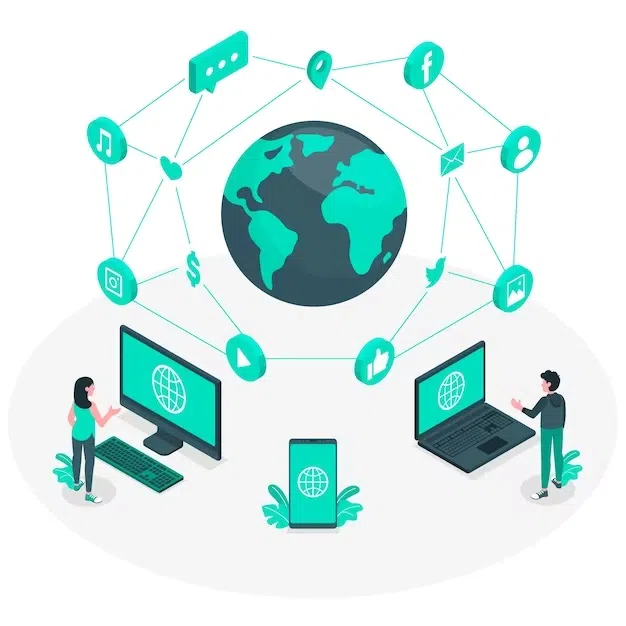Introduction
Telemedicine, an innovative and rapidly evolving facet of modern healthcare, has emerged as a critical bridge between health and technology. It offers a realm of possibilities to revolutionize healthcare delivery, making it more accessible, convenient, and effective. In this blog, we’ll explore telemedicine, its transformative impact, and how it is closing gaps in healthcare delivery by leveraging cutting-edge technology.
Understanding Telemedicine
Telemedicine involves the use of technology to provide remote healthcare services, enabling consultations, diagnoses, treatments, and follow-ups through digital platforms. These platforms include video calls, phone calls, secure messaging, and other virtual communication methods. Telemedicine has gained immense traction, especially in recent times. Due to its ability to connect patients with healthcare professionals irrespective of their location.
The Key Components of Telemedicine
1. Telecommunications Infrastructure:
High-speed, reliable internet and digital communication technologies are essential components, enabling seamless connectivity and communication between patients and healthcare providers.
2. Digital Devices:
Computers, smartphones, tablets, and wearable devices act as the primary means for patients and providers to engage in telemedicine consultations and share vital health information.
3. Healthcare Applications and Software:
Specialized t-medicine applications and software platforms facilitate appointment scheduling, video consultations, secure messaging, electronic health record (EHR) integration, and billing.
4. Data Security Measures:
Strict security protocols and encryption ensure the confidentiality and privacy of patient health data during t-medicine interactions.
Benefits of Telemedicine
1. Enhanced Access to Healthcare:
Telemedicine breaks down geographical barriers, providing medical services to individuals in remote or underserved areas and reducing travel time and costs for patients.
2. Convenience and Flexibility:
Patients can consult healthcare professionals from the comfort of their homes, eliminating the need to wait in crowded waiting rooms and offering flexibility in appointment scheduling.
3. Improved Patient Engagement:
Telemedicine encourages active patient participation in their healthcare journey, promoting regular check-ups, medication adherence, and ongoing communication with their healthcare team.
4. Efficient Resource Utilization:
Healthcare providers can optimize their time and resources by attending to a higher volume of patients through t-medicine, ultimately leading to improved efficiency and reduced waiting times.
5. Continuity of Care:
Telemedicine ensures that patients receive continuous care, even during emergencies, adverse weather conditions, or in cases where in-person visits are challenging.
Challenges and Future Considerations
While t-medicine presents numerous advantages, challenges such as internet accessibility, regulatory compliance, reimbursement policies, and technological literacy need to be addressed. The future of t-medicine calls for continued advancements, increased access, and a robust regulatory framework to ensure its seamless integration into the healthcare system.
Conclusion: A Digital Frontier for Healthcare
Telemedicine is not a replacement for traditional healthcare but a powerful complement that enhances the overall healthcare experience. By embracing technology and leveraging t-medicine, we are moving towards a future where healthcare is truly borderless, providing accessible and patient-centered services. The ongoing growth of t-medicine reaffirms its pivotal role in bridging the gap between health and technology, promising a brighter, more connected, and healthier future.
For more updates stay with boardofjobs.com


